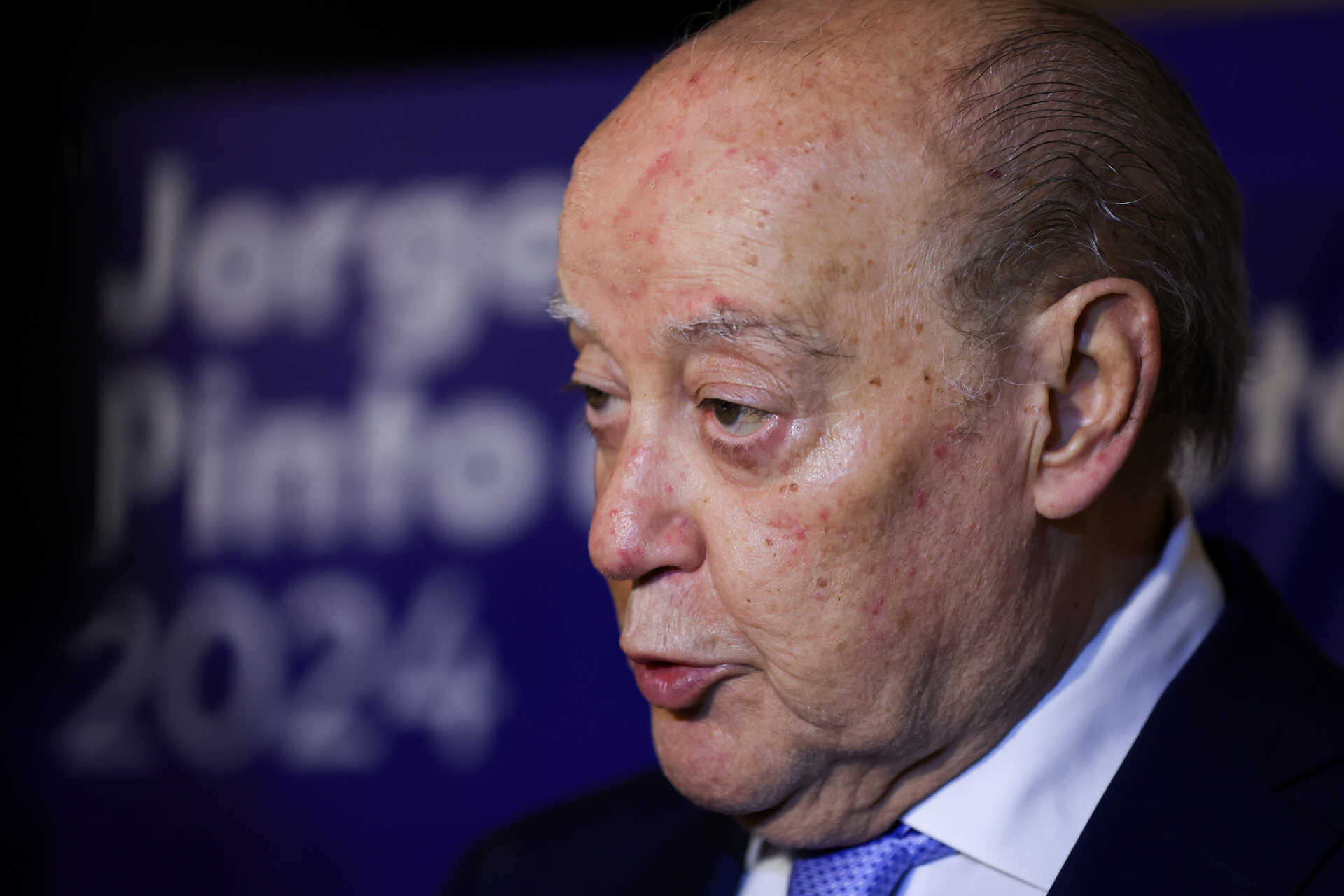Researcher Francisco das Chagas Vidal Neto, also known to his colleagues as Dr. Vidal, a scientist of notable contributions, said goodbye this week to his colleagues from the Embrapa Agroindústria Tropical. He worked as an Agronomist, Master and Doctor of Plant Sciences from the Federal University of Ceará (UFC) in Embraba for 21 years. His path as a researcher began in 1982, when, on the recommendation of a master’s advisor, he began developing work focused on cotton cultivation in the Empresa de Pesquisa Agropecuária do Ceará (Epace). At Embrapa, he joined Embrapa in 2002, when he began his research in the Barbalha experimental field, at Embrapa Algodão (Campina Grande-PB). In 2008, he was involved in launching the BRS 286 cotton variety. “Working on this plant has been a great learning experience. The cotton crop is intensive, as we plant a new crop every four or five months. For me, that was very good,” the researcher comments on his experience over the six years he worked in the experimental field. The researcher arrived at Embrapa Agroindústria Tropical in September 2008. For the first few months, he carried out inter-unit activities, in order to ensure continued implementation Work he had left in his former home and improved by his colleagues.” When I arrived at the unit, I gave a presentation to CTI stating what I was doing in Embrapa Algodão and what were my ideas for developing new research aimed at genetic improvement, but with the cultures that worked here,” he highlights. Light A prominent role in cashew farming In 2010, Francisco Vidal started the cashew farming business in a transitional period.”Everything was changing. We had to renew the project and organize it in the best possible way. We wanted as much product sharing as possible. We had the idea to change the style of the project, to take it to more regions and producers. People who previously worked on cashew improvement left a lot behind, we just needed to expand.” Efforts can be recognized from the results obtained in the research. In cashew cultivation, the release of dwarf cashew tree clones demonstrates this. In 2022, for example For example, the researcher was involved in the team responsible for the launch of BRS 555, a dwarf cashew clone adapted to the mountainous regions of the semi-arid region that provided excellent production results. Social interaction and bond-making are also fruits cultivated throughout his career in Embrapa, says Vidal. On that is the way co-workers get to know him, both professionally and personally.Luis Serrano, a researcher at the unit, recalls his first experience with a colleague, in 2010: “Dr. Vidal received me on the first day of Embraba, and brought me home to this huge castle. With only seven days in Embrapa we made our first trip, to Piauí. Since then, there have been 12 consecutive years of travel, snagging roads throughout the hinterland of the Sierra, Piauí, Rio Grande do Norte, Pernambuco, and Maranhão. We have planted countless cashew groves, visited hundreds of rural producers, filled out dozens of spreadsheets, and evaluated thousands of plants.” Serrano also highlights lessons from each experience he lived alongside his colleague Vidal: “While accompanying him, I practically memorized Reproduction of the Embrapa dwarf cashew tree, from seed to adult plant in production. I can only thank him for the tremendous learning experience I had with such a great friend, and wish him the well-deserved rest in his recent retirement.” After 15 successful years in Embrapa Agroindústria Tropical, Francisco Vidal begins a new chapter in his journey. For him, his passing marks his passing. A shift in its people and the potential for renewal of the work carried out at Embrapa during this period.
Photo: Jane Rocha (trainee)
Coworkers honored the researcher on his last day of work
Researcher Francisco das Chagas Vidal Neto, also known to his colleagues as Dr. Vidal, a scientist of notable contributions, said goodbye this week to his colleagues from the Embrapa Agroindústria Tropical. He worked as an Agronomist, Master and Doctor of Plant Sciences from the Federal University of Ceará (UFC) in Embraba for 21 years. His path as a researcher began in 1982, when, on the recommendation of a master’s advisor, he began developing work focused on cotton cultivation in the Empresa de Pesquisa Agropecuária do Ceará (Epace).
At Embrapa, he joined Embrapa in 2002, when he began his research in the Barbalha experimental field, at Embrapa Algodão (Campina Grande-PB). In 2008, it participated in the launch of BRS 286 cotton variety.
“Working at this station was a great learning experience. The cotton crop is intensive, as we grow a new crop every four or five months. For me, that was very good,” the researcher comments on his experience over the six years he worked in the experimental field.
The researcher arrived at Embrapa Agroindústria Tropical in September 2008. For the first few months, he carried out inter-unit activities, in order to ensure that the work he had left in his former home was continued to be carried out and improved upon by his colleagues. “When I got to the unit, I made a presentation to CTI showing what I was doing in Embrapa Algodão and what were my ideas for developing new research aimed at genetic improvement, but with the cultures that worked here,” he highlights.
A prominent role in cashew cultivation
In 2010, Francisco Vidal started the business of growing cashews in transition. “Everything was changing. We had to revamp the project and organize it in the best possible way. We wanted as much product involvement as possible. We had the idea to change the style of the project, to take it to more regions and producers. The people who had previously worked on improving cashews had left a lot behind, we were Just need to expand.” Efforts can be identified from the results obtained in the research. In cashew cultivation, the release of dwarf cashew tree clones demonstrates this. In 2022, for example, the researcher was involved in the team responsible for launching BRS 555, a dwarf cashew clone adapted to the mountainous regions of the semi-arid region that provided excellent production results.
Social interaction and bond-making, Vidal points out, are also fruits that have been cultivated throughout his career at Embrapa. Proof of this is the way co-workers get to know him, both professionally and personally.
Luiz Serrano, a researcher in the unit, recalls his first experience with his colleague, in 2010: “Dr. Vidal received me on the first day of Embrapa, and brought me home to this huge castle. With only seven days in Embrapa we made our first trip, to Piauí. Since Then, it was 12 years in a row of travel, severing roads throughout the hinterland of the Sierra, Piauí, Rio Grande do Norte, Pernambuco, and Maranhão.We planted countless cashew orchards, visited hundreds of rural producers, and filled dozens From spreadsheets, we evaluated thousands of plants.”
Serrano also highlights lessons learned from each experience he lived alongside his colleague Vidal: “While accompanying him, I practically preserved a clone of the dwarf Embrapa cashew tree, from seed to adult plant in production. I can only thank him for the tremendous learning experience I had.” with this great friend, and wish him the well-deserved rest in his final retirement.”
After 15 years of success in Embrapa Agroindústria Tropical, Francisco Vidal begins a new chapter in his journey. For him, his departure represented a conversion of his people and the possibility of a renewal of the work carried out in Embrapa during this period.
Ricardo Mora (DRT 1618 JPCE)
Embrapa Tropical Agro
Click on Contacts
[email protected]
Lindemberg Bernardo (journalist trainee)
Embrapa Tropical Agro
More information on the topic
Citizen Assistance Service (SAC)
www.embrapa.br/fale-conosco/sac/

“Wannabe internet buff. Future teen idol. Hardcore zombie guru. Gamer. Avid creator. Entrepreneur. Bacon ninja.”







More Stories
Men who use Ozempic report sexual side effects. Understands
Parque Santa Rosa hosts the Mobile Science Travel Laboratory on Monday (29) | North Fluminense
Alentejo Science and Technology Park opens “immersive rooms”